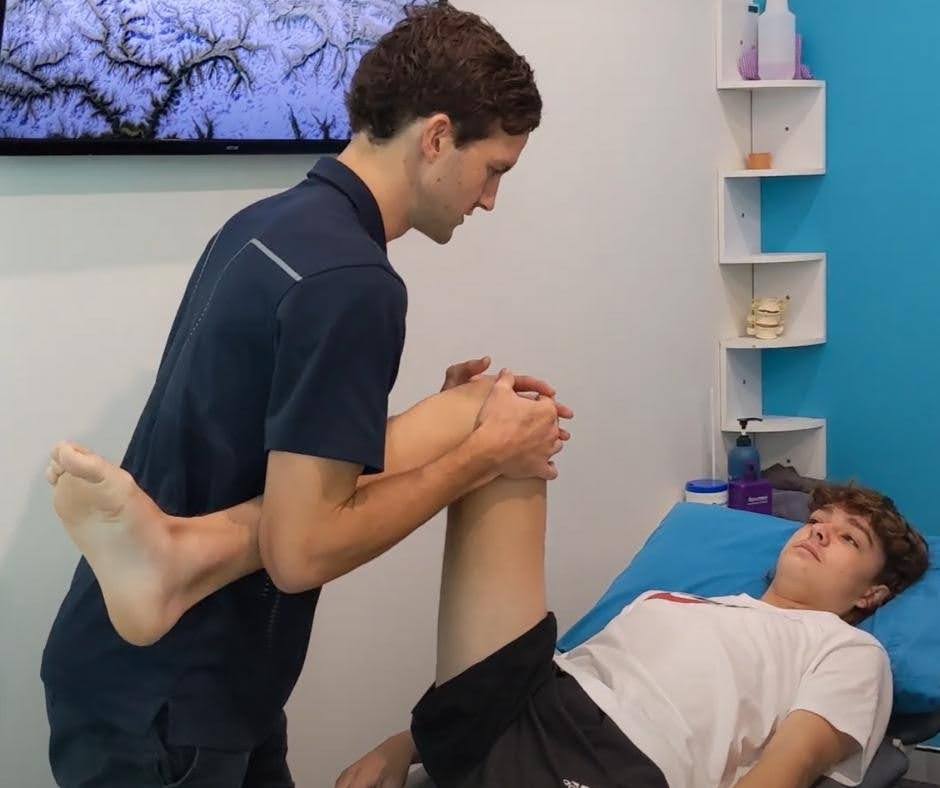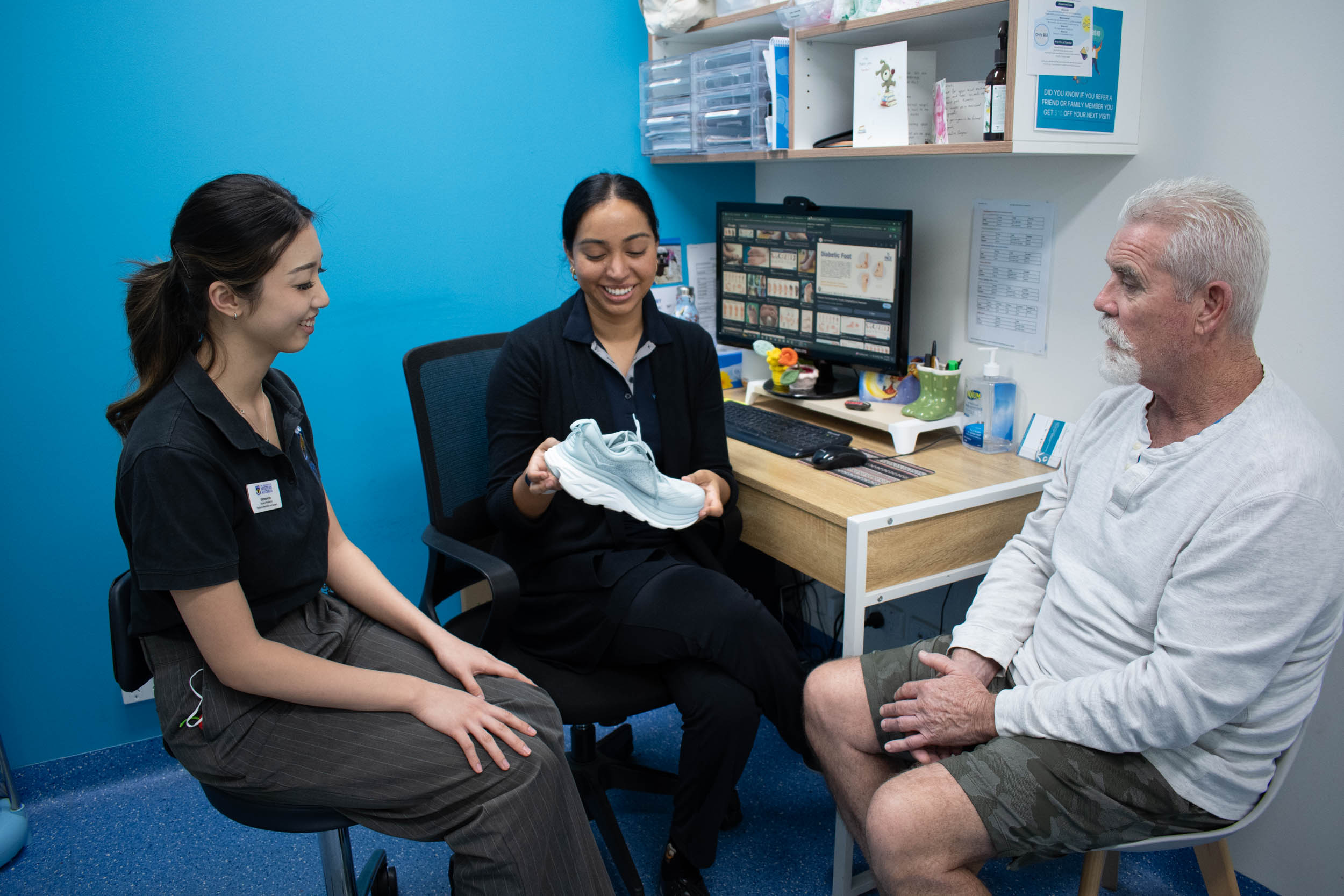99/103 Harris St, Bicton WA 6157, Australia

Iselin’s Disease is a temporary growth-related condition that affects the outer side of the foot, near the base of the fifth metatarsal. It occurs in active children, typically aged 8 to 13, when repeated pulling from a tendon causes irritation at the growth plate.
Common in running and jumping sports, it can cause pain, swelling, and tenderness along the outside of the foot, especially during activity or when wearing tight shoes.
Physiotherapists provide education and exercise-based care to support recovery. Management may include:
Advice on rest and gradual return to sport
Gentle stretching for the calf and foot muscles
Strength and balance exercises
Guidance on footwear and activity modification


Podiatrists assess foot alignment, footwear, and movement to reduce stress on the affected area. Care may involve:
Footwear recommendations
Temporary padding or orthotic support
Gait and load assessment
Monitoring during growth
Book an appointment if your child’s foot pain persists, worsens with sport, or causes limping. Early assessment can confirm the diagnosis and guide safe recovery.
Book an appointment with our physiotherapy or podiatry team at Bicton, Canning Vale, Burswood, or Murdoch for an individualised management plan.
1. What is Iselin’s Disease, and how does it affect young athletes?
Iselin’s Disease is an irritation of the growth plate at the base of the fifth metatarsal bone on the outside of the foot. It often affects physically active children and adolescents during growth spurts. The condition may cause pain or tenderness, especially during running, jumping, or sports.
2. How can WA Health Group help my child manage Iselin’s Disease?
At WA Health Group, our allied health team provides coordinated care to support children with Iselin’s Disease. Depending on your child’s needs, management may include physiotherapy, podiatry, exercise physiology, and other allied health services to help reduce discomfort, improve mobility, and guide a safe return to activity.
3. How does physiotherapy help in managing Iselin’s Disease?
Physiotherapists can assist by assessing movement patterns and recommending exercises to support foot and leg strength, flexibility, and balance. Education on activity modification and gradual return to sport is also provided.
4. What role does occupational therapy play?
Occupational therapists can provide advice on footwear, orthotic supports, and activity adjustments to reduce strain on the affected area during daily activities.
5. How can chiropractic care be part of management?
Chiropractors may assist with joint mobility and postural care through safe, evidence-informed manual therapy as appropriate. Treatment plans are tailored to each child’s presentation and comfort.
6. How do exercise physiologists contribute?
Exercise physiologists design age-appropriate programs to help maintain general strength and fitness while avoiding excess load on the affected foot.
7. How can dietitians support recovery?
Dietitians may offer advice on balanced nutrition that supports general bone and muscle health during growth and recovery.
8. What is the role of podiatry in managing Iselin’s Disease?
Podiatrists assess foot structure and recommend suitable footwear or orthotic support to reduce pressure on the affected growth plate and promote more comfortable movement.
9. How can remedial therapy assist?
Remedial massage may be used to help relieve muscle tension in the surrounding areas and support overall comfort. Therapists ensure all techniques are appropriate for the child’s age and condition.
10. How long does recovery take?
Recovery varies between individuals and depends on activity levels, symptom severity, and adherence to advice. Most children improve gradually with rest, modified activity, and professional guidance. Your clinician will discuss expected timelines based on your child’s progress.
